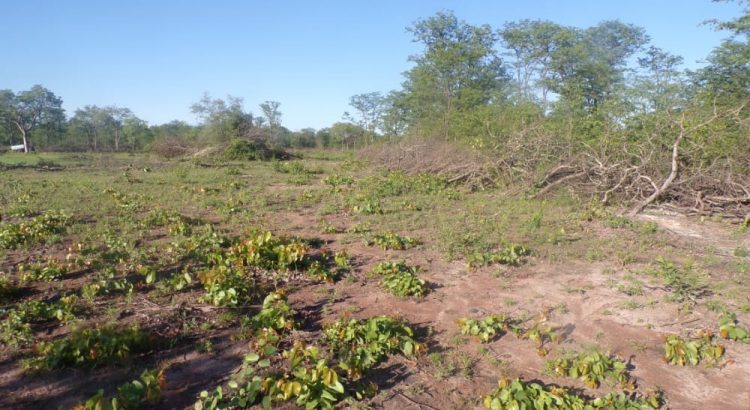Protecting Mopane Trees: Safeguarding an Ecological Treasure
In the vast expanse of Zimbabwe’s lowveld, a silent crisis is unfolding that threatens one of the region’s most dominant indigenous trees—the mopane tree (Colophospermum mopane).
The very existence of these remarkable trees is under threat due to factors such as massive charcoal harvesting, agricultural expansion, and the looming specter of climate change. It is imperative that we recognize the value and significance of these trees and take immediate action to protect them from further harm.
The mopane tree stands as a testament to the intricate relationship between nature and human culture. Its wood, renowned for its strength and durability, has been an integral part of the construction of houses, palisade fences, and carving in southern Africa. In fact, it accounts for over 90% of the wood used for living and storing huts in large parts of the region.
The versatility of mopane wood extends beyond construction, finding its place in heavy flooring, mine props, shipbuilding, vehicle bodies, and railway sleepers, among other applications. Its contributions to local economies and industries are undeniable.
The ecological significance of the mopane tree cannot be overstated. It serves as a crucial host for the caterpillars of the mopane moth or emperor moth (Gonimbrasia belina), which rely on its leaves as their primary food source.
These caterpillars have been a source of sustenance, providing a lifeline for communities. They are carefully collected, dried, roasted, and consumed, not only to alleviate hunger but also to generate income.
The intricate web of life that revolves around the mopane tree includes the psyllid Retroacizzia mopani, a sap-sucking insect that produces a sweet wax-like cover known as “mopane manna.” This delicacy is collected and consumed by both humans and monkeys, further illustrating the interconnectedness of the tree with the local ecosystem.
In some parts of Africa, its wood and roots are intricately shaped and exported to eastern Asia, where they are used as decorative elements for fish tanks and homes.
This trade not only showcases the artistic craftsmanship associated with mopane wood but also provides an economic opportunity for local communities.
In addition to its tangible contributions, the mopane tree has been an integral part of traditional medicine practices. In Namibia, extracts from heated wood or chewed leaves are used to treat slow-healing wounds and stop bleeding.
The inherent healing properties of the tree have been passed down through generations, forming an essential component of local healthcare practices.
However, despite its immense value, the mopane tree faces an uncertain future. Massive charcoal harvesting, driven by the demand for fuel and economic opportunities, has led to the depletion of these trees at an alarming rate.
Agricultural expansion and the encroachment of human settlements further exacerbate the challenges faced by the mopane tree.
Climate change, with its unpredictable weather patterns and increased frequency of droughts, poses an additional threat to the survival of these remarkable trees.
To protect the mopane tree, we must act swiftly and decisively. Implementing sustainable harvesting practices, protection through law enforcement and awareness.
[ssba-buttons]